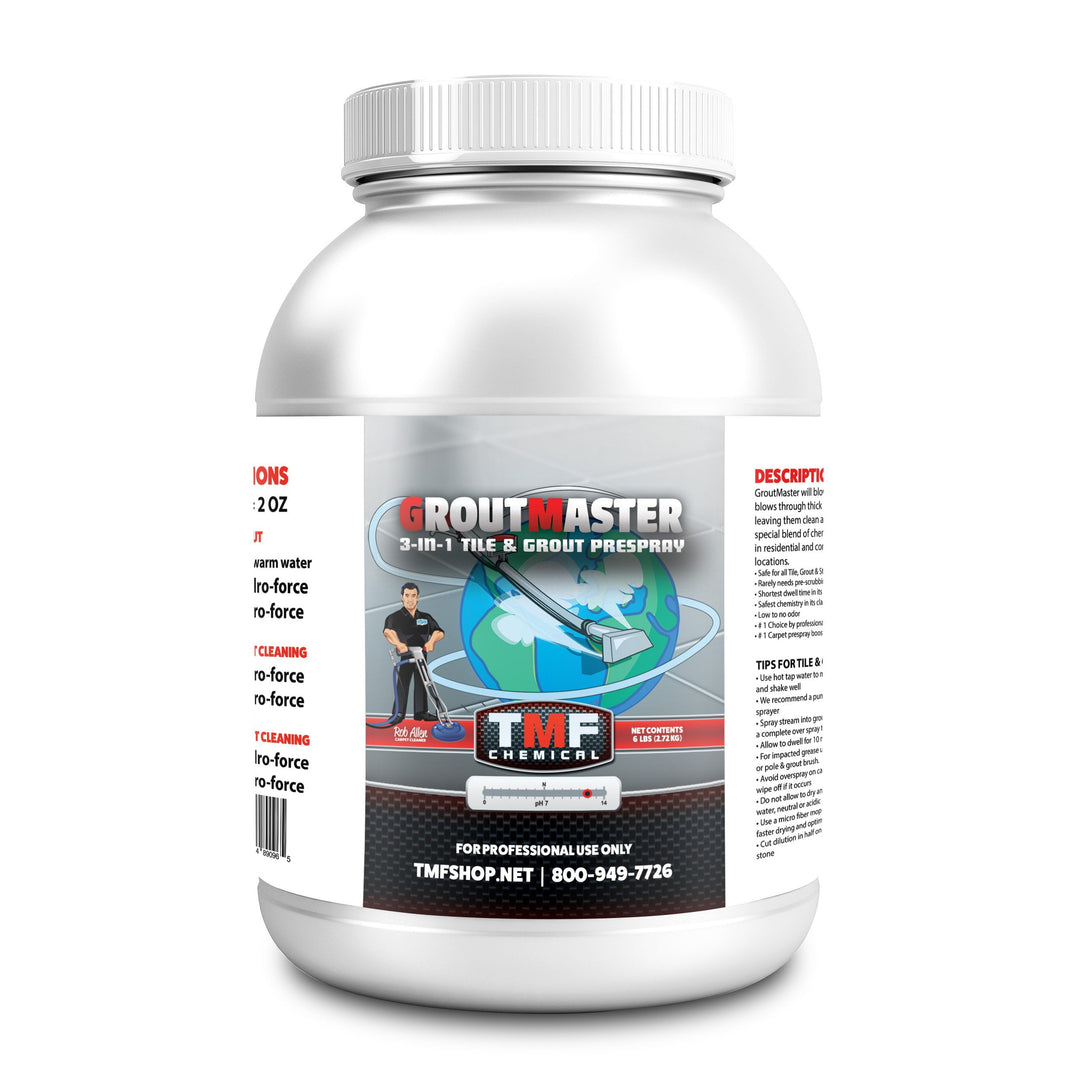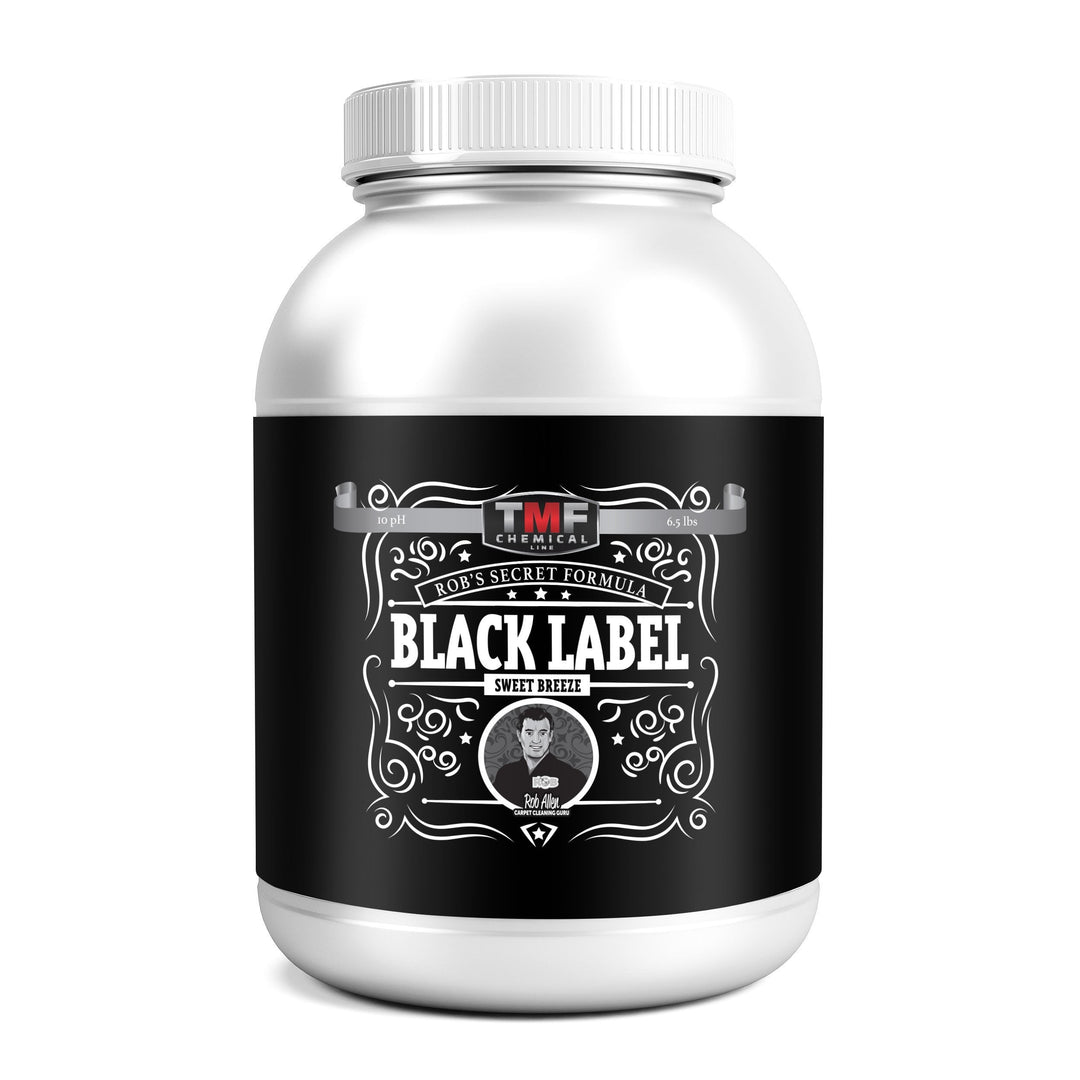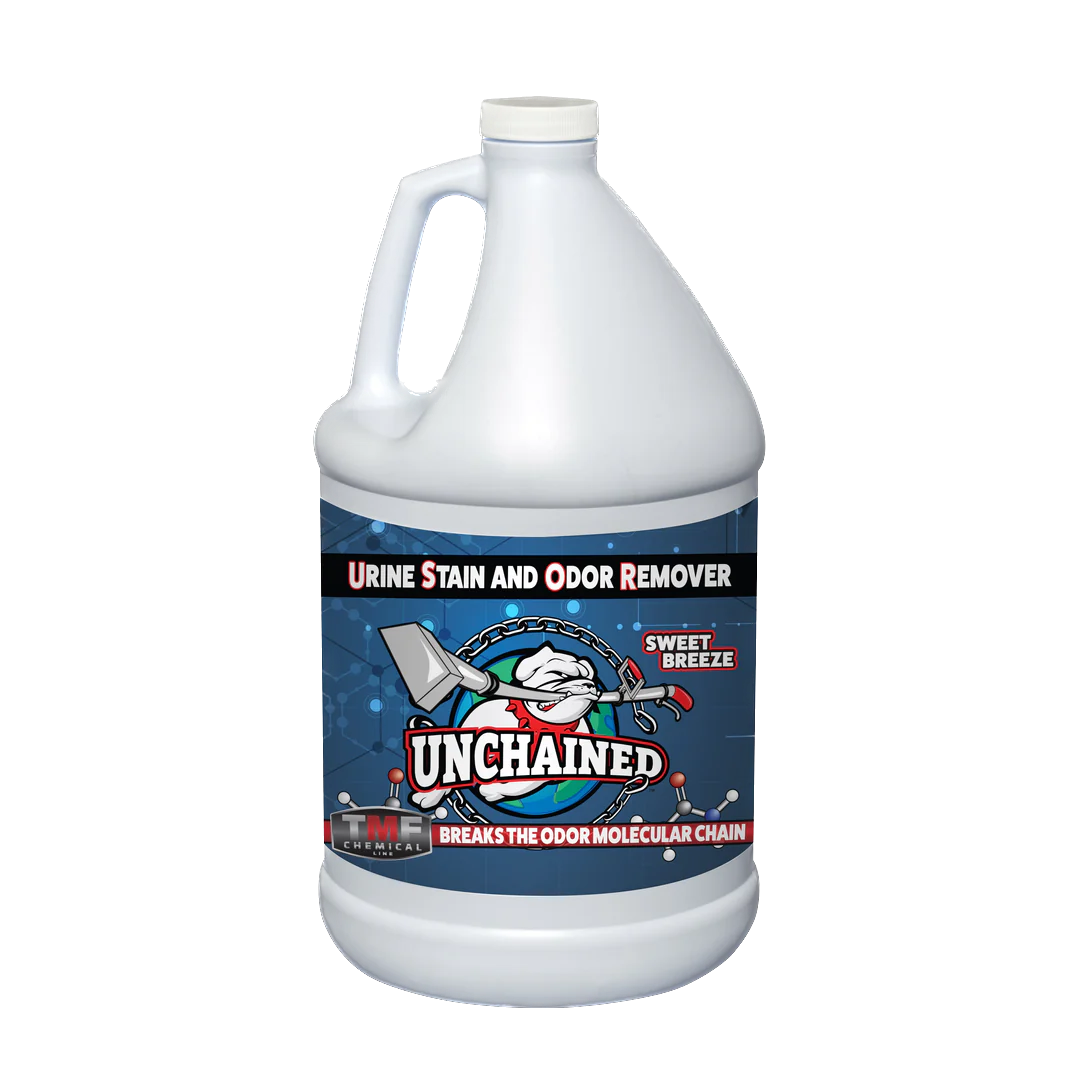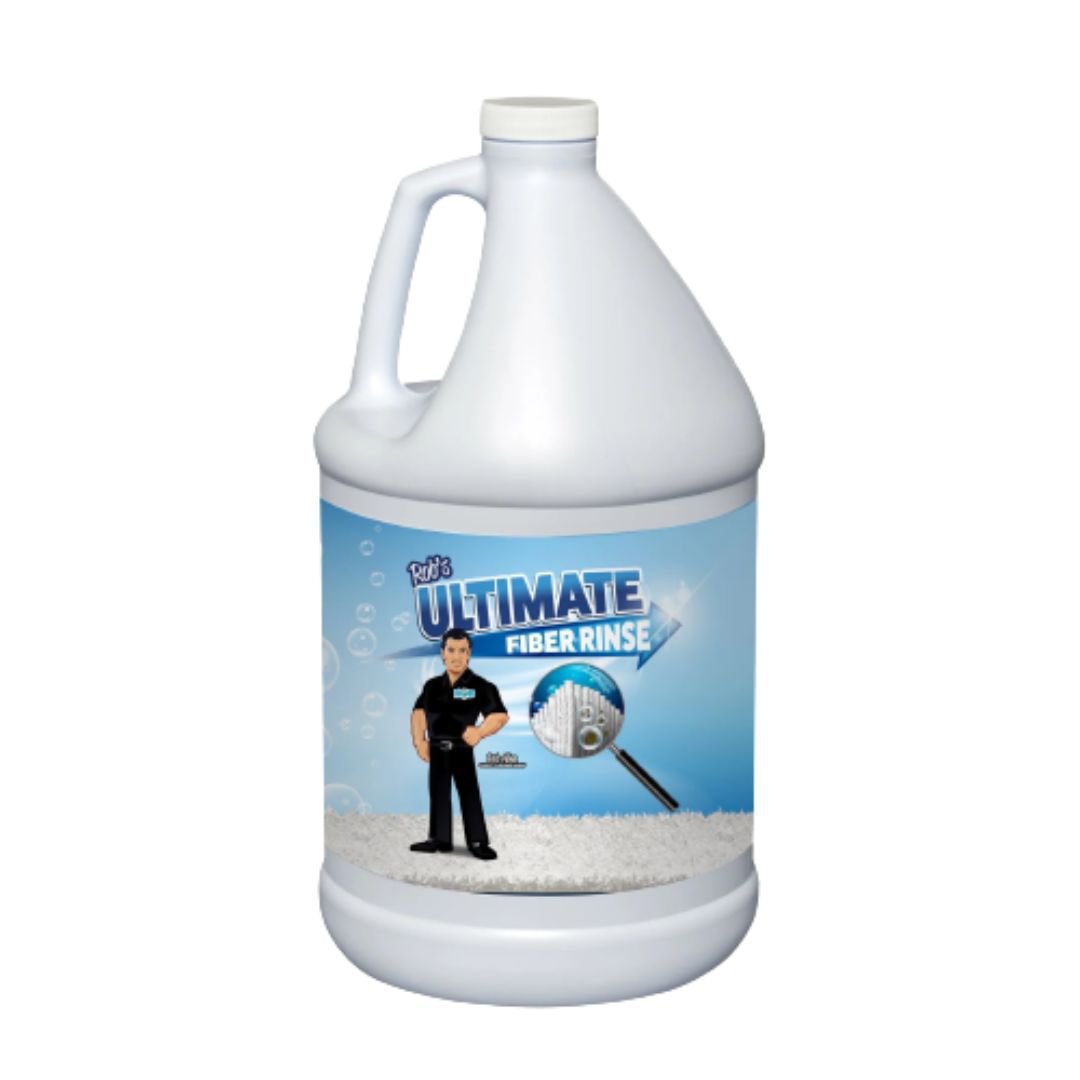How to Remove Sticky Residue from Wood Furniture
Picture this: You've just found the perfect wood furniture piece to complete your cozy living space - whether it be a vintage oak cabinet, a stunning maple dining table, or a lovely teak chair. You spent hours searching for the right item and a considerable amount on this investment.
Then disaster strikes! You notice an unsightly, sticky residue adhered to its surface. Was it a careless price tag? A child's misplaced sticker? Just a clumsy spill? Whatever the cause, the excitement quickly turns into frustration as your once-beautiful wood furniture now sits marred by the unwelcome gunk.
Don’t fret! This comprehensive guide will show you exactly how to safely remove sticky residue from wood furniture, restoring its original beauty.
What this article covers:
How to Clean Sticky Residue off Wood Furniture
Below is a step-by-step guide on how to safely remove sticky residue from wood furniture.
Step 1: Assess the Situation – What Are You Dealing With?
From our practical experience, identifying the type of residue you're facing is crucial in ensuring you remove it correctly. Sticky substances may range from adhesives, such as labels and tape, to spills like grease or syrup. Take note of the texture, color, and size of the residue area when choosing cleaning products.

Step 2: Prepare the Area
Before diving into the removal process, set up a clean and clutter-free workspace to prevent further damage to your wood furniture. Lay down a towel or cloth on a flat surface as a soft workspace, ensuring you have ample space for your solvent. Remove any loose debris with a soft, clean cloth, and give the affected area a gentle wipe with a dry cloth.
Step 3: Choose Your Weapon
With the might of Mother Nature on our side, let's explore the various gentle, natural solvents best suited for each type of residue:
- 1. Olive Oil: Perfect for dissolving adhesive residue from labels, stickers, and tape. Just a small drizzle on a soft cloth is all it takes. Olive oil also works great for removing water spots from wooden furniture or cleaning stains off wood furniture.
- 2. Vinegar: Great for its ability to cut through grease and grime. It contains a mild acidity that can break down and soften the residue- making it easier to remove. It's also very effective for removing oil-based stains from wood furniture or cleaning nicotine off of wood furniture.
- 3. Lemon: Acidity works wonders on sticky substances, making lemon juice a versatile cleaning option. Freshly squeezed lemon juice is preferred, but bottled lemon juice will also suffice. You can also use it to get rid of rubbing alcohol stains from hardwood floors or remove hand oil from wood furniture.
Step 4: Applying the Solvent
Now that you've selected your natural solvent, apply it to the sticky residue as follows:
- Start with a small amount of your chosen solvent on a soft, clean cloth (remember, you can always apply more if you need to).
- Gently rub the cloth onto the affected area, using circular motions to work the solvent into the residue.
- Be patient and persistent. Our experience has shown that this process might require multiple applications to fully dissolve the residue.
- Wipe away the residue and solvent with a separate dry cloth, taking care not to spread any remaining gunk to unaffected areas.
- Once the residue is gone, give your furniture a final wipe-down with a clean, damp cloth to remove any lingering solvent. Allow the wood to air-dry.
If the stains are too stubborn, you can use a Rotovac machine to gently scrub the area. Although made for carpet cleaning, this machine is gentle enough to also be used on wood furniture without the risk of scuffing or scratching. However, we recommend only using the lowest setting if all other methods have failed.
Step 5: Repeat as Needed
If the sticky residue is still present after your first attempt, repeat steps 3 and 4 until it fully dissolves. You can also try different solvents to find the one that works best for your particular residue.
Step 6: Vacuum and Polish
Once the residue is gone, give your wooden furniture a good vacuum to remove any loosened dust or mess. Your vacuum should be set to the lowest setting or have a brush attachment attached, depending on the type of furniture you're cleaning. Finish with polish or wax for a shiny, lustrous look!
According to our research and experience, here are some things to remember when removing sticky residue from wood furniture:
- Never use harsh chemicals on wood furniture: Harsh chemicals can damage the wood in a variety of ways, from discoloration to corrosion. Stick with natural solvents for best results.
- Test any cleaning solution on an inconspicuous area first: Before applying a solvent or cleaner to your furniture, always test it in an area that is not easily seen (like underneath or behind a piece of furniture). That way, you can make sure it won't cause any discoloration or damage.
- Be gentle: wood furniture is delicate, and should be treated as such. Always use a soft, clean cloth when applying solvents or cleaners to wood furniture – never use anything abrasive like steel wool or scrub brushes.
Conclusion
Your wood furniture should now be looking as good as new! Armed with the right information and knowledge, you can easily remove sticky residue from wood furniture without risking any further damage.
You should also make sure to keep a clean and clutter-free workspace in order to prevent any future sticky situations. Have fun cleaning!
Did you find our blog helpful? Then consider checking other guides:
- How to Remove Odors from Wood Furniture
- How to Get Ink out of Wood
- How to Get Black Stain out of Wood
- How to Get Blood out of Wood
- How to Get Grease out of Wood
- How to Get Berry Stains Out of Wood
- How to Remove Paint Stains from Wood Furniture
- How to Clean Antique Wooden Furniture
- How to Clean Outdoor Wood Furniture Like a Pro
- Best Products to Clean Wood Furniture
- How to Clean White Wood Furniture in a Flash
- How to Clean Wood Walls
- How to Clean Mahogany Furniture
- How to Get Oil Out of Wood Floor
- How to Get Red Wine Out of Wood







